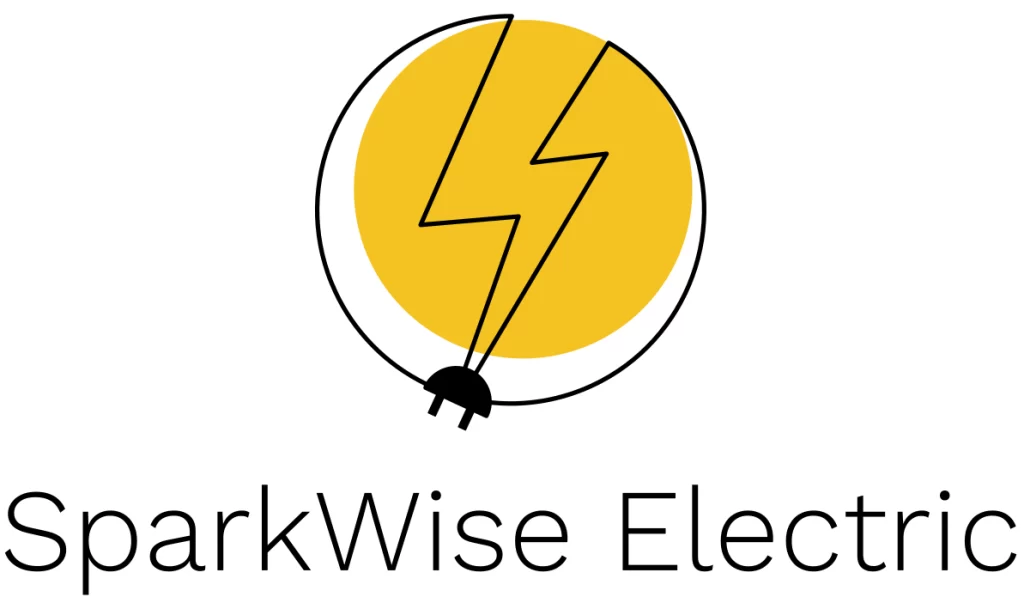This summary explains how a licensed electrician installs a residential electrical circuit breaker panel and connects it to the main service cables entering the house as well as to each branch circuit in your house. Almost always, a licensed professional will handle this instead of a do-it-yourselfer. In this example, all branch circuit cables and conduit runs are assumed to be already established, and the electrical panel is to be mounted on the wall of a utility area close to the location where the main feeder wires enter the house. The final stage in building a new home or undertaking a significant rewiring project is to connect all of the cables to the circuit breaker box, as explained here.
How to Connect Electrical Panel Wiring
You have to remove the knockouts in order to install the feeder line before you can install the electrical panel. Examine the sides, bottom, and top of the electrical panel. Find the knockouts that are round punched for your convenience. Using pliers, linesman pliers, or a hammer and chisel, these knockouts are easily removed. Install the electrical connectors into the panel after the knockouts are removed, then tighten the locknut to secure them.
Step 1: Install the Electrical Panel
Cover the connecting threads with a plastic bushing if you’re using metal pipe. Installing the electrical panel is the next step after installing all of your conduits and cable connectors.
After leveling the electrical panel, place screws through the openings in the panel’s rear. Drill holes to allow for installation if the holes don’t fall on the studs behind the panel, or mount a piece of plywood to make room for the panel.
Step 2: Feed Wires Through Conduit
Cover the connecting threads with a plastic bushing if you’re using metal pipe. Installing the electrical panel is the next step after installing all of your conduits and cable connectors.
After leveling the electrical panel, place screws through the openings in the panel’s rear. Drill holes to allow for installation if the holes don’t fall on the studs behind the panel, or mount a piece of plywood to make room for the panel.
Step 3: Connect Main Breaker Wires
To make installing the two black wires to the main breaker easier, bend them into the desired shape. The main breaker is visible in this picture at the upper right of the panel. Just enough of the wire needs to be stripped in order to attach it to the main breaker terminal lugs. A short circuit could result from too much bare wire touching other wires, posing a safety risk.
Step 4: Connect Neutral Wire
Attach the neutral wire to the buss that is neutral. On either side of the breakers is the neutral buss. The bar has a silver hue with several tiny screws and connecting points. Additionally, it features a bigger feeder neutral wire hole. The wire with the white phasing tape on it is the neutral wire.
Step 5: Install Branch Circuit NM Wiring
Wires for branch circuit installations should be pulled using a fish tape. Use wire pulling compound to make the wire pull easier if you are pulling a lot of wires together if the wire pull is really long. Installing NM connections on the electrical panel and fastening the wires with the two screws on the straps are the steps involved in installing NM wiring. To make the conductors visible, remove the outside cover. You can be sure that using a specialized stripping tool won’t harm the internal wire strands.
Step 6: Avoid Damaging Wires with Razor Blade
Although it’s a common option, cutting through cables with a razor knife can easily harm individual ones. When using the incorrect tool, even the most skilled electricians can cause damage to a wire.
Step 7: Connect Ground and Neutral Wires
All of the bare copper and green wires should be connected to the ground buss bar. Join the neutral buss with the white neutral wires. Purchasing wire numbering kits that specify which neutral wire corresponds to which circuit number is preferable. Later on, this makes it simpler to remove a circuit. If you bend the wires ahead of time, you’ll have a nice, neat wire installation that looks uniform.
Step 9: Install Branch Circuit Breakers
After that, install the branch circuit breakers’ circuit feeds. The feeder wires in this picture are the red and black ones, with the black wires representing one of the hot feeds and the red wires representing the other. Attach the wire of the proper size to the breaker with the correct rating. After the installation is finished, bend the wires to maintain a tidy appearance.
Conclusion
To wire an electric panel is a complex task and Load distribution and control will be enhanced in a structure, such a building, if the electrical wiring is constructed correctly. These wiring conductors are available for reasonable use and have multiple applications in that particular place, building, house, etc. It is advised to call a professional to wire an electric panel to avoid any risk to your health.
